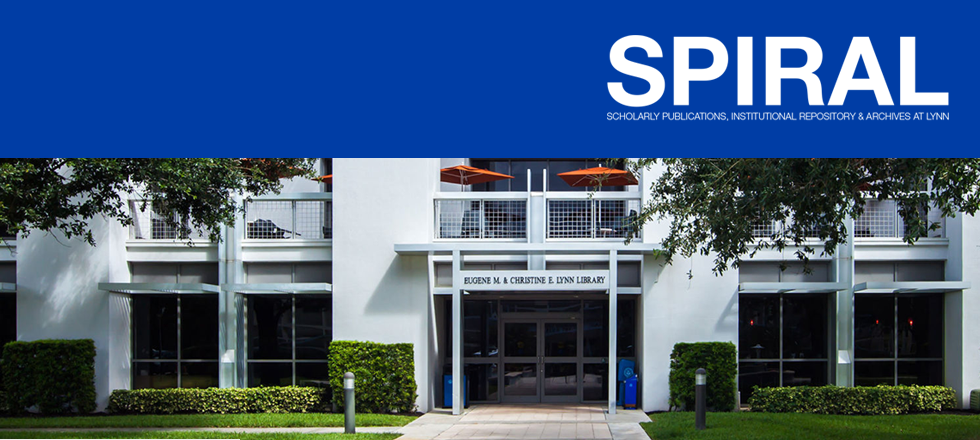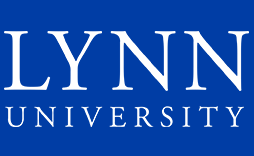Graduate Student Dissertations, Theses, Capstones, and Portfolios
Date of Award
2020
Document Type
Dissertation
Granting Institution
Lynn University
Degree Name
Doctor of Education (EDD)
Degree Program
Educational Leadership
Department
College of Education
First Advisor
Joseph Melita
Second Advisor
Jennifer Lesh
Third Advisor
Kathleen Weigel
Abstract
The purpose of this study was to develop a new model and blueprint of the Southeast School District’s Career and Technical Education (CTE) curriculum which invest more in programs and training, connect education to careers and allow easy access and availability to all students. Career and technical education have the potential to engage students through relevant learning experiences and, when infused with rigorous academic standards, to thoroughly prepare students for college and career success. In one Southeast School District, career and technical education are yet to achieve its full potential for students. Whether partnerships have yet to be formed, updated instructional approaches have yet to be implemented, or data systems have yet to be aligned, many students do not have access nor availability to the most effective career and technical education programs. The need to re-imagine and remake career and technical education is urgent. One factor supporting the overall CTE's deficiency is the district's failure to inform students/parents of programs, such as CTE, and the benefits thereof.
Dissemination of program information to all students and their parents is a relatively low-cost approach, with the potential to increase program participation among youth who may benefit most from work-based learning opportunities. The vision of the curriculum is that all youth have access to an excellent school curriculum that will prepare them to attain an excellent education and successfully transition to college and a career. The current Southeast School District's CTE curriculum is widespread among 33 high schools where students do not have access nor exposure to specific programs that are of high interest to them. These programs have been identified as critical to developing skills and preparing iii youth to become workforce ready. Because campus sites where programs are offered are not accessible to where students live and only one or two schools offer the program of interest, chances of students getting into the program are very minimal. As a result, those students will not be exposed to skills and training that prepare them for opportunities and occupations beyond the classroom. Readiness takes time; students need access to prepare for the future now. Workplace readiness means understanding what to expect and having the skills and training to complete assigned tasks.
Recommended Citation
Gilchrist, C. L. (2020). The Future of Career and Technical Education [Doctoral dissertation, Lynn University]. SPIRAL. https://spiral.lynn.edu/etds/350



